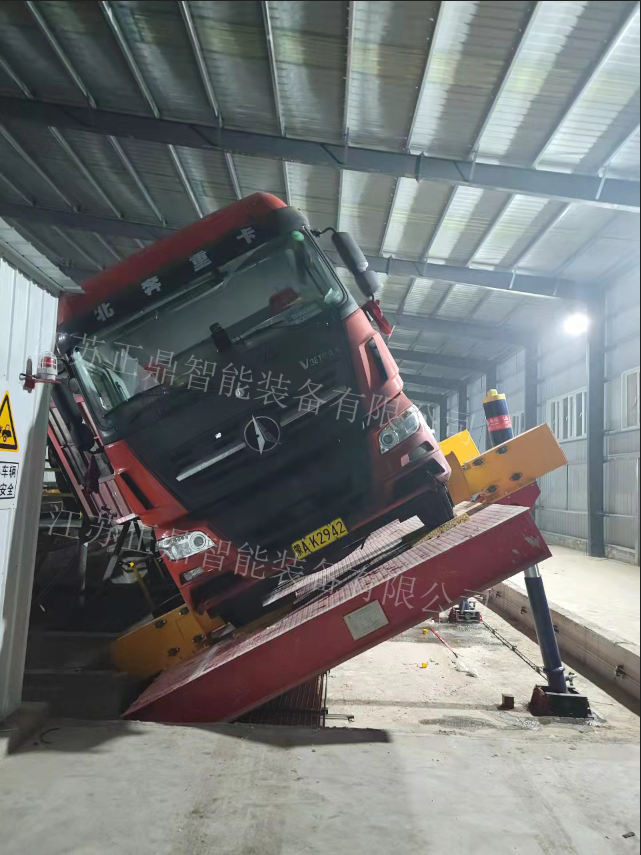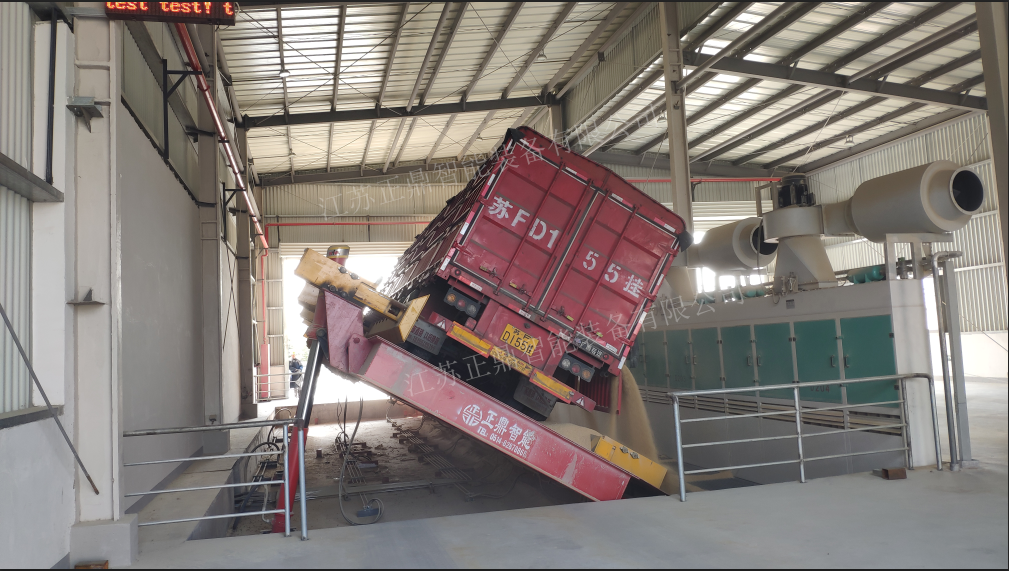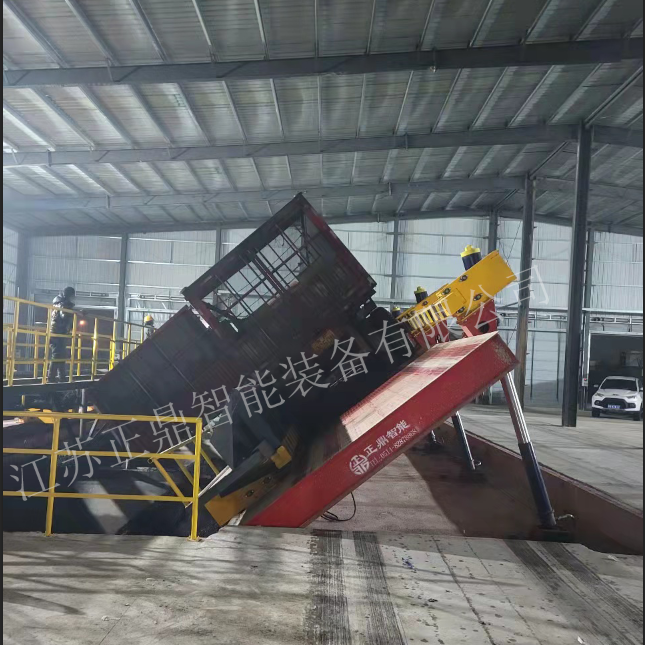unloading shipping containers
Unloading shipping containers is a critical operation in modern logistics and supply chain management. This process involves the systematic removal of cargo from standardized containers using specialized equipment and skilled personnel. Modern container unloading operations utilize advanced machinery like forklifts, reach stackers, and automated systems to ensure efficient cargo handling. The process typically begins with container positioning and inspection, followed by the systematic removal of goods while maintaining proper weight distribution and cargo integrity. Technology plays a crucial role, with digital tracking systems monitoring the entire unloading process, ensuring accuracy and preventing damage. Safety features include load sensors, stabilizing mechanisms, and emergency stop systems. Applications span across various industries, from retail distribution centers to manufacturing facilities. The process accommodates different container sizes (20ft, 40ft, and 45ft) and various cargo types, including palletized goods, bulk materials, and specialized cargo. Real-time inventory management systems integrate with unloading operations, providing immediate updates to supply chain managers and stakeholders. Environmental considerations are addressed through energy-efficient equipment and waste reduction protocols during the unloading process.


